Maundy Thursday
“As there is a natural year, so the Christian world recognizes a spiritual year. This year is generally called the church year, and its beginnings go back to the very early history of the church. The church year developed around the celebration of three great redemptive acts of God: the Incarnation (Christmas), Christ’s death and resurrection (Easter), and the coming of the Holy Spirit (Pentecost).” So writes Harry Boer in his A Short History Of The Early Church.
Easter, is the oldest and greatest festival of the Christian church, deriving its importance from the centrality of the resurrection in the church’s faith and preaching. On the basis of the evidence quoted by Eusebius, its existence can certainly be traced back to the time of Polycarp (c. 155).
By the 4th century the whole of the Holy Week was a time of special observance. The observance of the Sunday before Easter, commemorating the triumphal entry of Jesus into Jerusalem, seems to have begun at Jerusalem and to have spread gradually from there. Maundy Thursday, the Thursday before Easter, was observed as the anniversary of the institution of the Lord’s Supper. Good Friday was also observed in a variety of ways.
The word Maundy is derived from the Latin mandatum meaning command, and refers to the words of Jesus spoken at the Last Supper - words like those recorded in John 13:34 where Jesus said, “A new command I give you: Love one another. As I have loved you, so you must love one another.”

